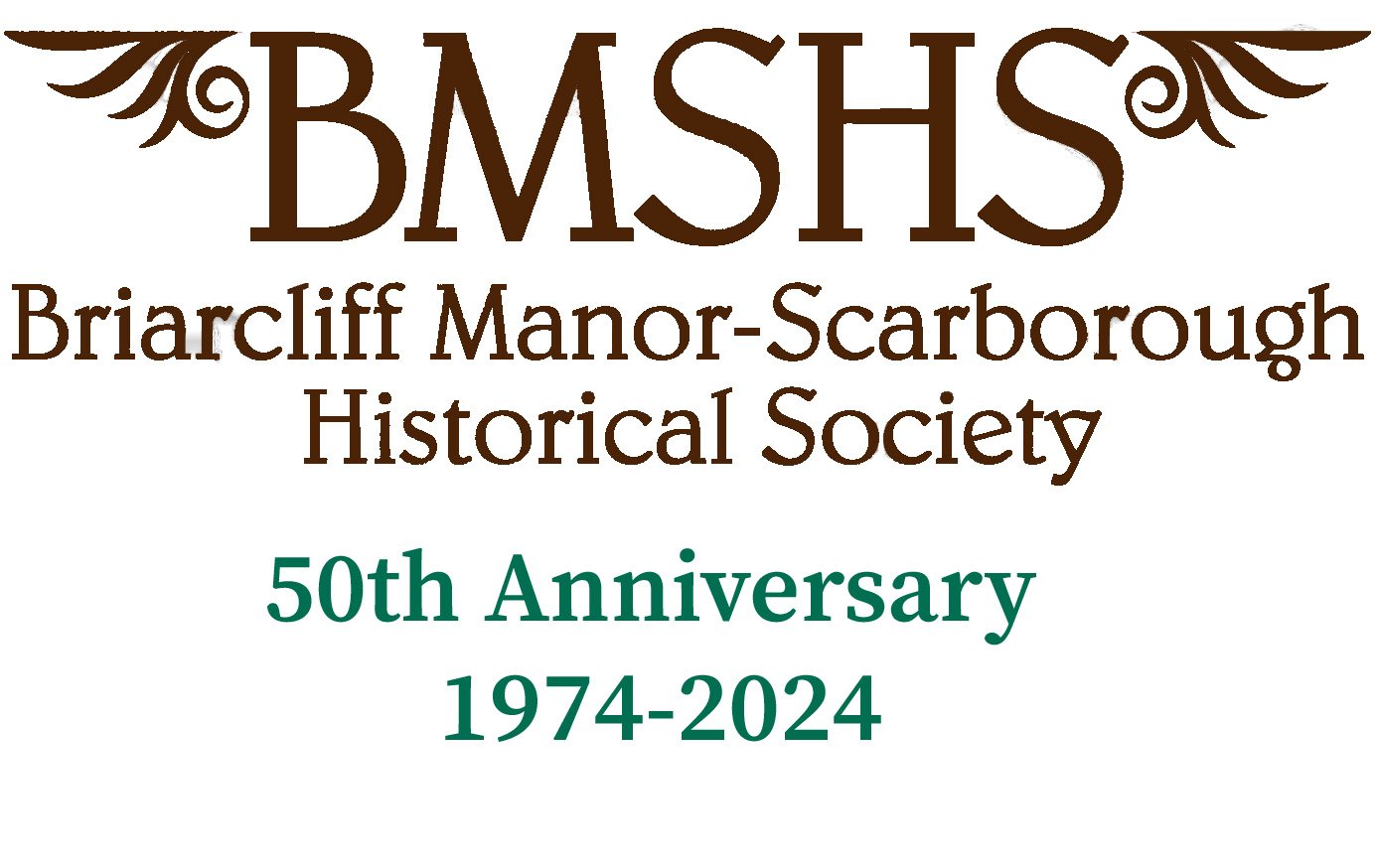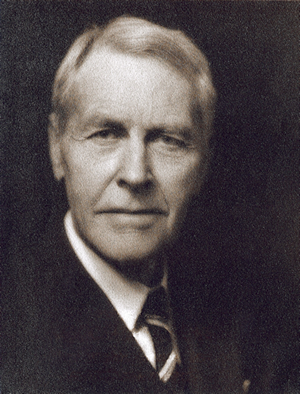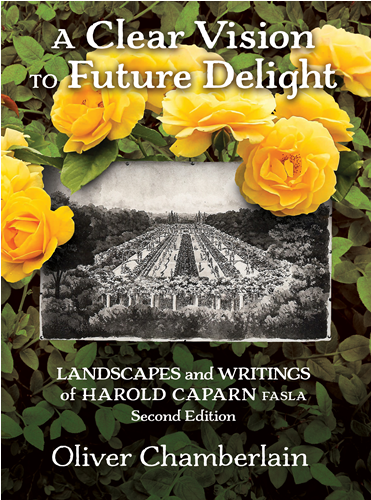Harold Caparn, Landscape Architect - Notebook 2023-5
In the early fall of 2022 numerous files and an extraordinary collection of antique gardening and landscape books were donated by Mr. Oliver Chamberlain who drove from Rhode Island to bring it to us. We are eternally grateful. The materials we received related to Harold Caparn, a renowned landscape architect who lived in Briarcliff Manor. By selecting the BMSHS as the archive for this archival collection he honors us.
“Harold Caparn opened his landscape architecture office at Yonkers, NY, in 1898. Besides commissions for private estates, he won a competition to design two Yonkers city parks. Working as a one-man firm, he gave personal attention to his clients, drawing plans, selecting plant material and overseeing the implementation of the plan to his exacting requirements.
After four successful years in Yonkers, he moved his office in 1902 to 156 Fifth Avenue in Manhattan. He was already engaged in designing The Bronx Zoo. Caparn worked from late 1899 through 1904 as the landscape architect of the New York Zoological Park (The Bronx Zoo) the largest metropolitan zoo in the United States at the time. He designed the Entrance Concourse and central Court, working alongside Heins and LaFarge, the architects of the animal buildings. He laid out open-air animal areas and walkways giving access along the Bronx River and to the outdoor animal exhibits. The Bronx Zoo is now a designated New York City Landmark. Although Olmsted Brothers created the first site plan for the Brooklyn Botanical Garden, the present 52-acre landscape is largely the creation of Harold Caparn, the institute’s landscape architect from 1912-1945. Caparn conceived the whole as a collection of 13 eclectic gardens, built incrementally, which are connected by winding paths.
In 1911 he taught the first course in landscape at Columbia University. In 1918 designed Village One in Sheffield, Alabama as a symbol to the rejoice the victory in the first World War.
Because of the quality of his landscape designs and his published articles, in 1905 he was elected a Fellow of the American Society of Landscape Architects (FASLA).
In June, 1911, Harold bought five acres at the Southern end of South State Road in Briarcliff Manor as their summer retreat, which they called “Fernie Farm”. It consisted of a house and a barn. Quickly the house was rented and the Carparn residence was the hugely spacious and readapted barn, which still remains on South State Road. Unlike some who built showplaces during the Country Place Era (c. 1890- c.1930). the Caparns wanted a natural, reposeful place in which to relax from their busy New York schedules. Harold proceeded to landscape the property and purpose-designed the building as a music studio for his wife.Later photographs of the Briarcliff Manor property show a profusion of trees and shrubs planted in informal style, without a central lawn, but giving the sense of entering a restful environment.”“A Clear Vision to Future Delight. Landscapes and Writings of Harold Caparn FASLA.” By Oliver Chamberlain, p.63-67.
Harold Caparn plan for park incorporating the town wells of Briarcliff Manor.
Caparn also designed two estates in Briarcliff Manor: Mr. and Mrs. Olney B Ward’s estate, “Greylock” (built c1905) and U. T Hungerford’s, “Hohensichtlicht” (built in the 1890s). Both houses still stand on Central Drive. Caparn also designed a park for Briarcliff Manor, that still exists. He also laid out a plan for a park with an amphitheater for summer music and dramatics, surrounding the water supply for the village. The plan was not implemented and the site is now overgrown.
“Mr. Chamberlain has published articles on Harold Caparn and Caparn's early employer J. Wilkinson Elliott and has provided text and photographs on Elliott and Caparn for The Cultural Landscape Foundation's "Pioneers," online. He has provided the entry on Caparn for the book Shaping the American Landscape, published in 2009. Chamberlain published his book Landscapes and Writings of Harold Caparn, 1890-1945, in 2013. Chamberlain has held faculty and administrative positions at Bowling Green State University, OH, and the University of Massachusetts Lowell. He is the fifth generation of the Caparn/Chamberlain family with interests in the art of landscape design and visual and performing arts and is the author of “A Clear Vision to Future Delight: Landscapes and Writings of Harold Caparn”. Some sources for the book come from his personal family collection, others from his extensive research. He lives with his family on a plot he has designed near Providence, R.I.”
Additional materials related to Mr. Caparn can be found through the Harold Caparn collection, [ca. 1880s-1990s] at Cornell University.






